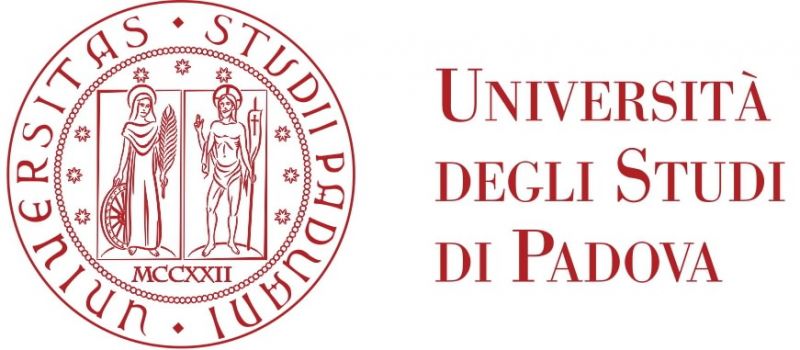Research
NETWORKED CONTROL & MULTI-AGENT SYSTEMS
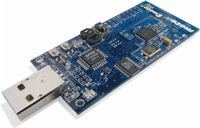
|
Wireless Sensor Networks
A Wireless Sensor Network is a collection of a large number of tiny devices, distributed over a vast area, linked by a wireless mediumand equipped with limited computational capabilities.
Applications of interest include:
- environmental sensing, i.e., continuous measurements acquisition for a variable of interest,
- working condition monitoring and event/failure detection through the implementation of clustering strategies for the network nodes.
|
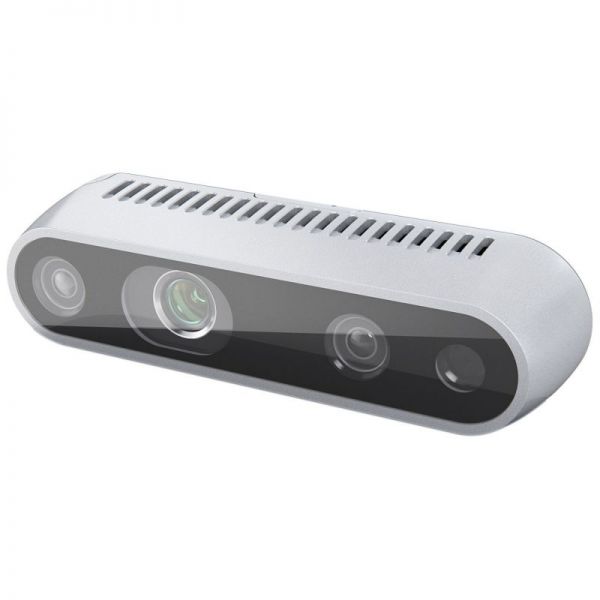
|
Multi-camera Systems
Multi-camera systems integrates a large number of spatially distributed smart visual sensors capable of processing and fusing images of a scene from a variety of viewpoints to perform some high-level tasks that are beyond the capacity and knowledge of each individual agent.
Applications of interest include:
- pose estimation problem, i.e., determination of position and attitude of each camera in the system expressed in a certain global inertial frame exploiting some noisy available measurements derived by the observed scene,
- perimeter patrolling problem, where the border of a certain area is required to be repeatedly and coordinately monitored by a set of cameras,
- tracking problem, requiring the multi-camera cooperative task assignment and decision taking in order to track a target in a constrained space.
|
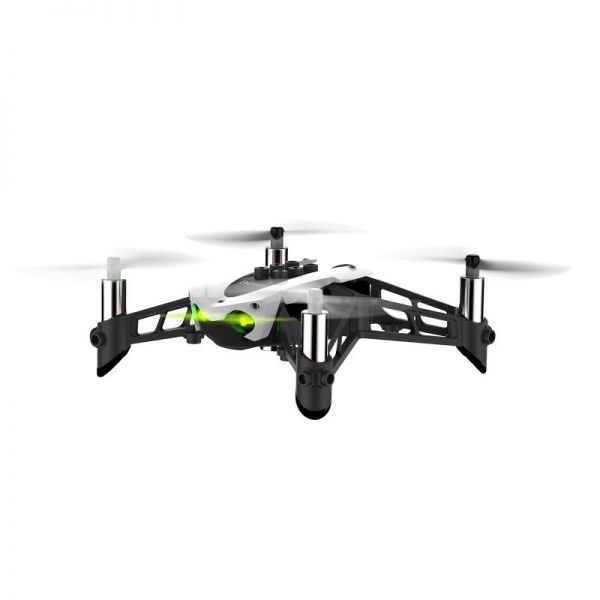
|
Aerial Multi-rotor Vehicles
Unmanned Aerial Vehicles represent a wide class of autonomous aerial platforms that are rapidly increasing in popularity thanks to their versatility.
Applications of interest include:
- theoretical analysis of actuation and robustness properties for multi-rotors having a variable number of propellers arbitrarily oriented,
- failure detection and fail-safe control problem, to allow the recovery from a propeller loss,
- path-following problem, wherein the vehicle is required to chase an object or desired path in presence of obstacles and disturbances,
- determination of optimal multi-vehicle formation under resources constraints,
- bearing rigidity-based stabilization of a multi-vehicle formation and agents coordinated motion while preserving some structural system properties.
|
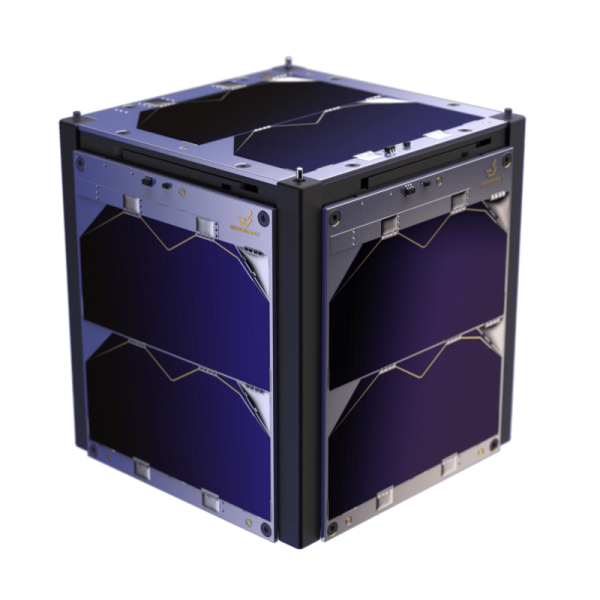
|
Small Satellites
Small – micro and nano – satellites are very appealing in the space community for their low complexity and high flexibility that simplify both their design and control (beyond lowering the costs for manufacturing and dispatch).
Applications of interest include:
- satellites alignment with respect to a desired orbit by exploiting relative measurements with respect to the ground or to other units,
- rendez-vous, assembly (hard/soft docking) and arrangement of two or more satellites resting upon the local agent capabilities.
|
|

|
Ground Robots
Unmanned ground vehicles operate while in contact with the ground and without an onboard human presence, thus becoming a key technology for many applications where it may be inconvenient, dangerous, or impossible to have a human operator present.
Applications of interest include:
- autonomous navigation in harsh and unknown environments,
- cooperative tasks, including object grasping, manipulation and transportation.
|







